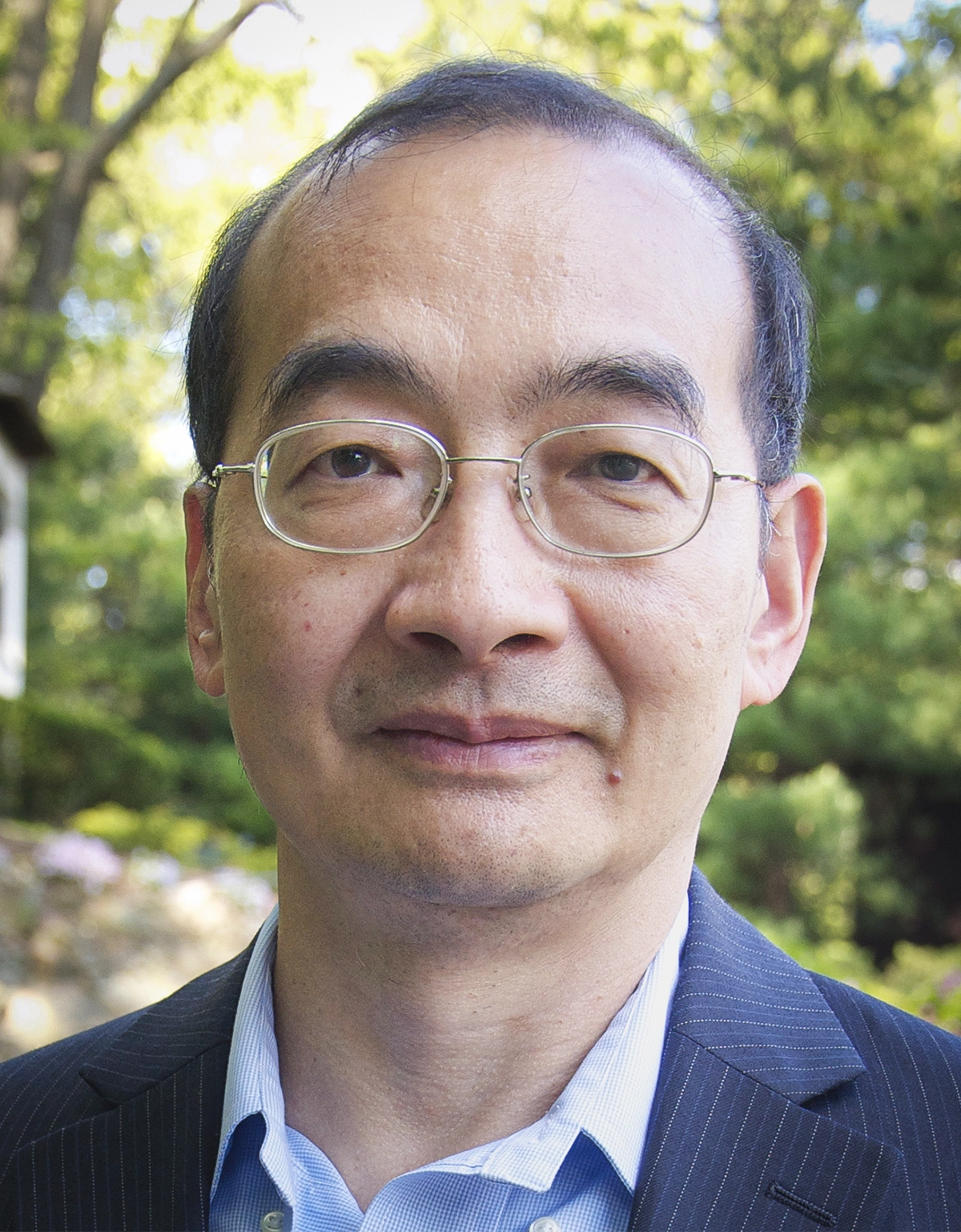Their techniques aren’t just promising for analyzing models of electron behavior like Anderson’s. The work also taps into a longtime quest to understand systems that aren’t entirely random or entirely ordered.
“I’m actually very excited,” said Horng-Tzer Yau of Harvard University, who has been working on the problem for most of his career. When it comes to these challenging kinds of models, “I feel this is the first time we have a method that will have a huge impact.”
Through Thick and Thin
Anderson thought of a material as a grid of points that an electron can randomly hop around on. If an electron hops around a lot, the material conducts. If it can’t hop around, it insulates.
To understand the electron’s overall behavior, you can use an array of numbers called a matrix to compute lists of values. These lists of values are called the eigenfunctions.
In a relatively pure material, nearly all of the eigenfunctions have values that are, on average, very small. This tells you that the electron has a relatively equal chance of hopping to a variety of different spots on the grid. It’s delocalized.

Horng-Tzer Yau has spent decades studying the interplay of randomness and order in matrices.
Courtesy of Horng-Tzer Yau
Anderson said that for matrices that describe materials with enough randomness, each eigenfunction should see some of its values suddenly get very large, while others drop to zero. This means that the electron is now trapped in a particular region of the grid. It’s localized.
The problem is that it’s very difficult to calculate the eigenfunctions for the type of matrix that Anderson used. They sit awkwardly out of reach of the standard methods.
That’s where band matrices come in.
“Band” refers to a sprinkling of numbers along the diagonal of the matrix — a hallmark of Anderson’s matrices. If the only nonzero numbers in a matrix are on the line that runs from its upper lefthand corner to its lower righthand corner, that matrix has a band of width 1. Additional nonzero numbers around that diagonal make the band wider. The matrices in Anderson’s model always have a very thin band. The eigenfunctions of such thin matrices are hard to calculate.
The band width acts like a reflection of how far the electron can move: If the band is wider, the electron can teleport to more distant points on the grid. (This is not a very realistic model, but it’s still a useful one.)
In Anderson’s matrices, some entries are random, and others aren’t. But in 1990, physicists noticed that band matrices where all the entries were random also displayed a localization transition: Wide bands meant delocalized electrons, thinner bands localized ones. Unlike in Anderson’s model, this transition was slow, rather than sudden. But researchers could still detect a threshold — a band width that separated delocalized states from localized ones. And so, as with Anderson’s model, mathematicians wanted to pinpoint that threshold. That is, they wanted to find the slimmest possible band matrices in which the eigenfunctions’ values remained small.
That was still difficult to do, because the thinner the band, the harder it is to analyze the matrix’s eigenfunctions. But it was potentially easier than computing the eigenfunctions for Anderson’s thin-banded matrices. And if mathematicians could prove this new threshold, maybe it would help them make sense of those more difficult matrices.
Out of Control
The physicists who uncovered the transition in band matrices started out with an even simpler model. They imagined a material like an infinitely thin wire — a one-dimensional version of the problem. They then used numerical experiments to pinpoint the precise threshold between localization and delocalization.

Jun Yin, a former physicist, initially hoped to focus his research on the quantum behavior of gases. But he was soon drawn to a new problem, which involved random matrices and a model of semiconductors.
But these experiments were not the same as mathematical proof. “They are based on totally uncontrolled approximations which, while plausible, are often very difficult to make rigorous,” said Antti Knowles of the University of Geneva. So mathematicians kept band matrices on their to-do list, hoping to turn the theories into theorems. Among them were Yau and his then-postdoc, Jun Yin.
Yin joined Yau’s group in 2008, after finishing a Ph.D. in Princeton University’s physics department. The pair started with the one-dimensional case. By 2013, working with Knowles and László Erdős, they were able to prove that most eigenfunctions are delocalized once the band is very wide. But this width was still much greater than the threshold that physicists had predicted.
For years, they explored all sorts of ways to show that the eigenfunctions remain small for smaller band widths. They even took a detour into a seven-dimensional version of the problem, a setting which has little bearing on physics but which they hoped would yield mathematical insight.
But after a decade of work, they had only gotten a smidge closer to their goal.
It seemed they’d tried everything. Then, in the spring of 2024, they realized that a method they’d previously dismissed might be useful after all.
Nightmare Loop
The method Yau and Yin had originally discounted is an old, well-worn one in random matrix theory: Carefully tweak a stubborn, difficult matrix to get a new matrix that’s easier to work with. This turned one hard problem — studying the eigenfunctions of a band matrix — into two more manageable ones. First, the mathematicians would need to prove that their process for massaging the matrix didn’t affect its eigenfunctions too much. Then they’d have to show that the new matrix’s eigenfunctions are small — that the electron is delocalized.
But when Yau and Yin applied this technique to band matrices, they still had trouble understanding the new matrix’s eigenfunctions. They’d gotten the analysis down to a final step: They had to show that the solution to a particular equation was small.
But in trying to solve the equation, the pair ended up in a nightmarish loop. Rather than getting a tidy answer, they ended up with a new, even messier equation. And when they tried to solve that, they only got something more difficult to solve.
